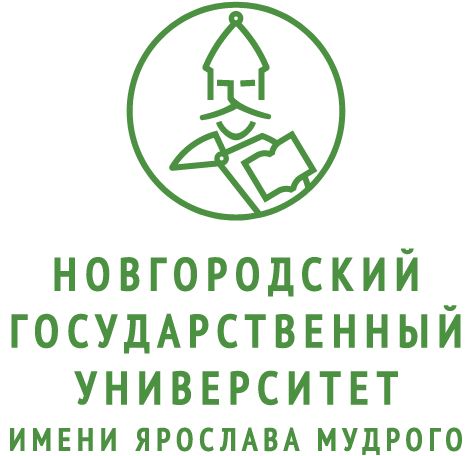Конфликтный паратаксис в современной прозе
DOI:
https://doi.org/10.34680/VERBA-2023-2(7)-38-49Ключевые слова:
сочинительные структуры, паратактическая конструкция, конфликтный паратаксис, коммуникативно-прагматическая однородностьАннотация
В статье на материале современной постмодернистской прозы рассматриваются синтаксические конструкции с конфликтным паратаксисом, конфликтность которых создается внутренней семантической несогласованностью компонентов, разорванностью, отрывистостью, перекомпоновкой фрагментов в параллельные группы. В их состав включаются структуры простого предложения с однородными членами, сложные предложения с параллельным подчинением и сложное синтаксическое целое. Процесс их структурирования соотносится с принципами когнитивной обработки объективной действительности человеческим сознанием. Многообразие анализируемых структур с точки зрения лексико-семантического наполнения, валентностных свойств компонентов, их порядка формирует коммуникативно-прагматическую однородность и конфликтность семантики. Непрототипичность конструкций с конфликтным паратаксисом расширяет их прагматический потенциал, что продемонстрировано на фрагментах прозы Б. Пастернака, а также В. Пелевина, Т. Толстой, З. Прилепина. Структурирование паратаксического ряда на основании какой-либо общности (общей семы, способа выражения, функции, предтекста, исторического контекста) формирует в сознании читателя ощущение однородности и создает условия для вариативных интерпретаций. Многообразие анализируемых структур в плане лексико-семантического наполнения, валентностных свойств компонентов ряда, порядка их расположения позволяют говорить об особом типе коммуникативно-прагматической однородности компонентов паратактического ряда. Анализ приведенного материала приводит к выводу о том, что конфликтный паратаксис в современной постмодернистской прозе является одним из продуктивных приемов, создающих её симультанность, фрагментарность, дискурсивность.
Скачивания
Загрузки
Опубликован
Как цитировать
Выпуск
Раздел
Лицензия
Copyright (c) 2023 Verba

Это произведение доступно по лицензии Creative Commons «Attribution-NonCommercial» («Атрибуция — Некоммерческое использование») 4.0 Всемирная.








